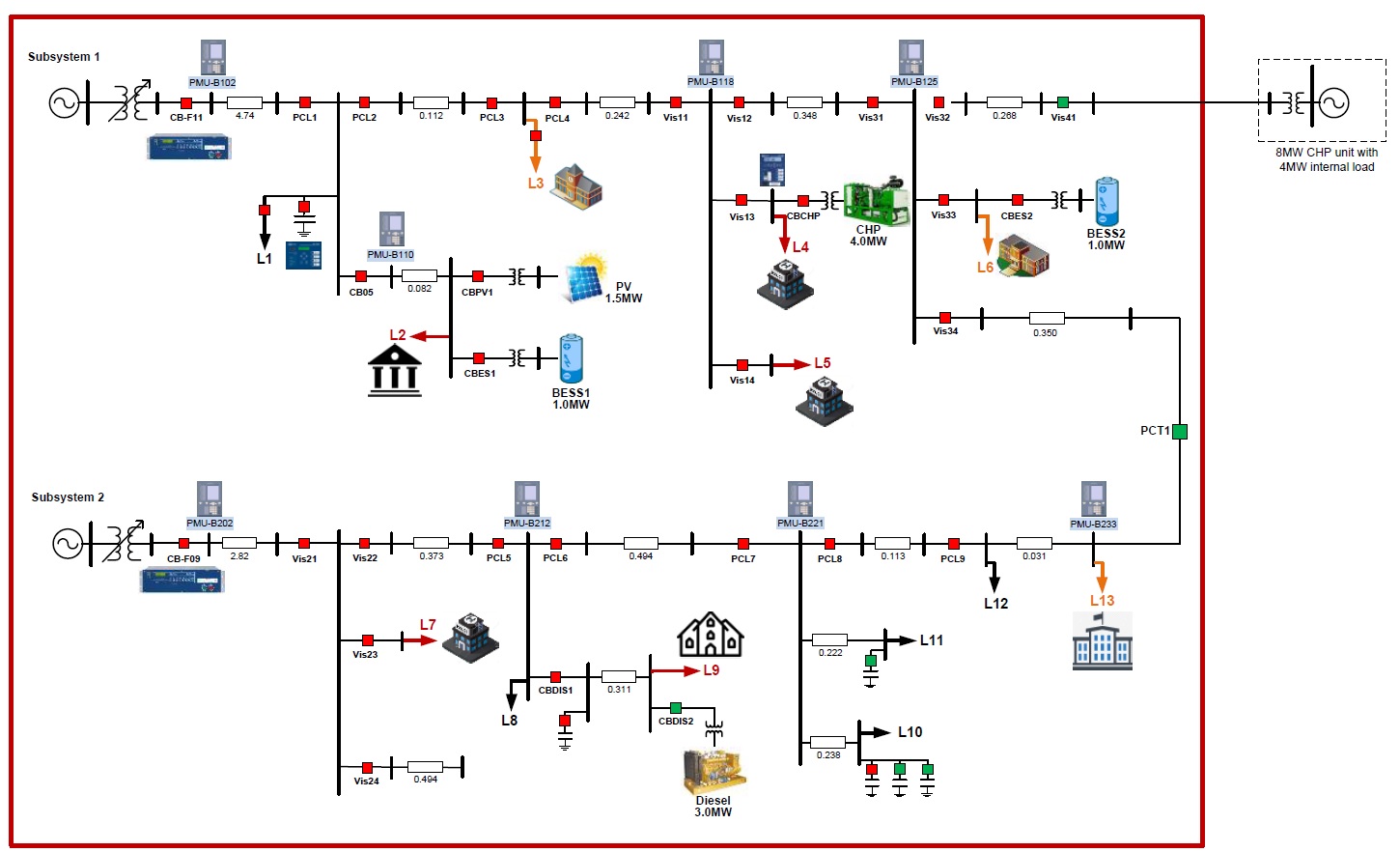The integration of Battery Energy Storage Systems (BESS) into the electrical grid is revolutionizing how energy transmission and distribution systems operate. BESS technology offers a versatile solution to many of the challenges faced by grid operators, particularly as the grid evolves to accommodate renewable energy sources. This article explores the pivotal role of batteries in enhancing grid transmission.
Key Roles of Batteries in Grid Transmission
1. Energy Shifting and Time-of-Use Management:
- Load Balancing: Batteries can store excess energy generated during periods of low demand (e.g., midday solar energy) and release it during peak demand, helping to balance the grid.
- Time-of-Use Optimization: By shifting energy usage to different times, batteries can maximize the use of renewable energy and reduce reliance on peaker plants, which are often less efficient and more polluting.
2. Enhanced Grid Stability and Reliability:
- Frequency Regulation: Batteries can respond rapidly to changes in grid frequency, helping to maintain the balance between supply and demand.
- Voltage Support: BESS can provide reactive power for voltage control, improving the overall stability of the power grid.
3. Integration of Renewable Energy Sources:
- Smoothing Intermittent Outputs: Batteries can smooth out the variability and intermittency of renewable energy sources like solar and wind, ensuring a consistent power supply.
- Increased Renewable Penetration: With effective storage, more renewable energy can be integrated into the grid without compromising stability.
4. Reducing Transmission and Distribution Losses:
- Localized Energy Storage: By storing energy closer to where it is consumed, batteries can reduce losses that occur during energy transmission over long distances.
5. Deferred Infrastructure Investment:
- Capacity Support: Batteries can provide additional capacity during peak times, potentially deferring or eliminating the need for costly grid infrastructure upgrades.
6. Emergency Backup and Resilience:
- Reliable Backup Power: In the event of grid outages or natural disasters, batteries can provide critical backup power to essential services and infrastructure.
7. Support for Microgrid and Distributed Energy Resources (DERs):
- Enhanced Local Grid Management: Batteries are crucial for the effective operation of microgrids and the integration of distributed energy resources, facilitating local energy management and independence.
Implementation Considerations
Choosing the Right Technology:
- The choice of battery technology (e.g., lithium-ion, flow batteries) depends on specific application needs like energy capacity, discharge duration, and lifecycle.
Regulatory and Market Frameworks:
- Effective integration requires supportive regulatory and market frameworks that incentivize the use of storage technologies and ensure fair compensation for services provided to the grid.
Collaboration with Stakeholders:
- Utilities, regulators, and technology providers must collaborate to optimize the integration of battery storage into the grid infrastructure.

